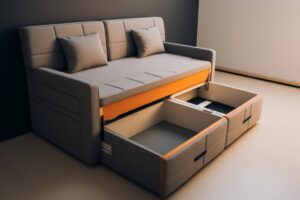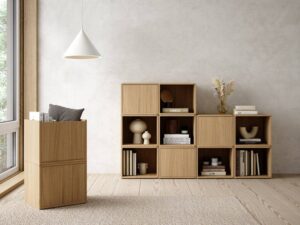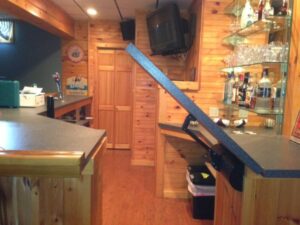The Interior Design Blog

Floating Shelves vs Wall-Mounted Cabinets: What’s Best?
Wall storage plays a pivotal role in making tiny homes functional, stylish, and breathable. Whether you’re planning a new layout or trying to get control over everyday clutter, you’ve likely stumbled upon the age-old question floating shelves or wall-mounted cabinets?
On the surface, they might serve the same function — making the most of vertical space — but how they feel, function, and look in your home can differ significantly. And if you’re working with limited square footage, every choice matters more.
In this guide, we’ll break down the key differences between floating shelves storage and wall cabinet comparison points to help you decide what suits your space best. Whether you’re aiming for open and airy or sleek and concealed, we’ll help you land on the best option for your unique layout and lifestyle.
The Case for Floating Shelves
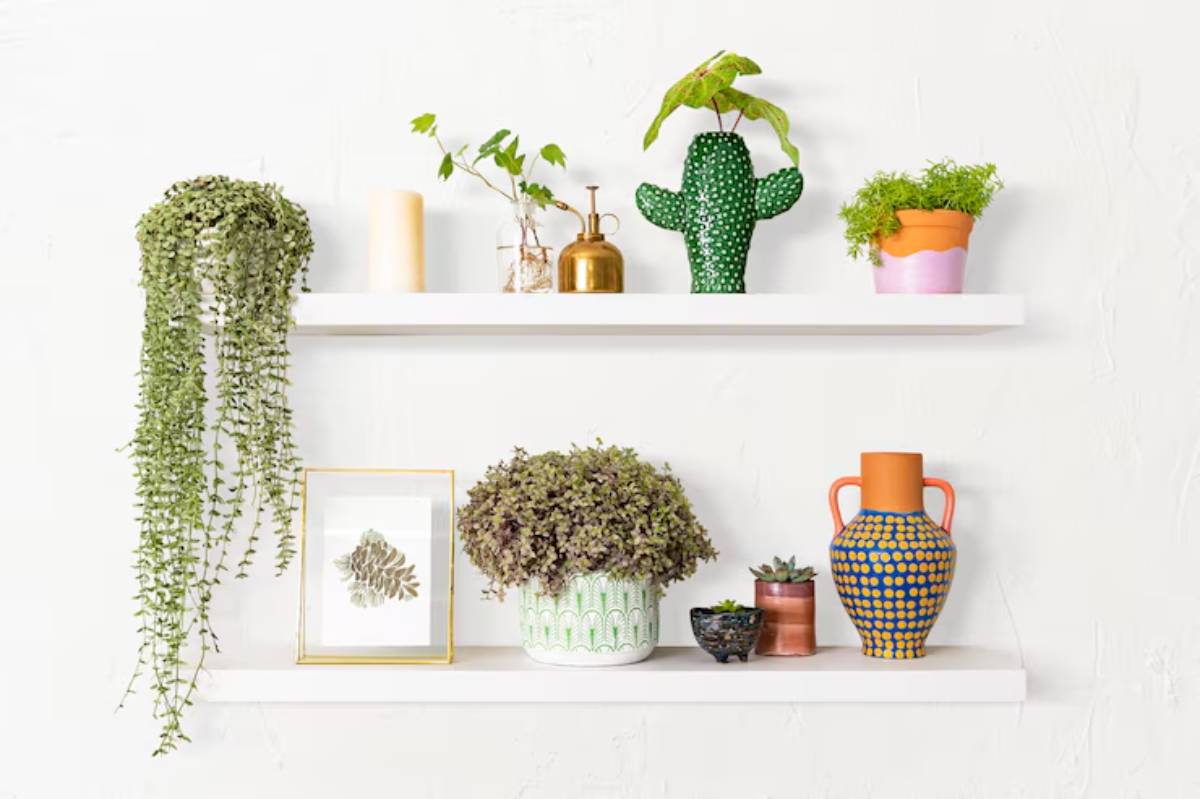
Floating shelves are everywhere for good reason. They’re stylish, versatile, and surprisingly effective — especially when you want to avoid that “boxed-in” feeling.
Why They Work in Small Spaces
In tight quarters, floating shelves feel less imposing. They don’t require bulky frames or hardware, and their open design creates visual breathing room.
They’re perfect when you:
- Want to show off attractive items like plants, glassware, or decor.
- Need quick access to frequently used pieces (think mugs above the kettle).
- Crave a more lightweight aesthetic in rooms prone to feeling cramped.
For example, in a studio flat, adding two slim floating shelves above a sofa transforms the space into a tidy, design-forward nook without making it feel smaller.
Design Versatility
Floating shelves are endlessly customisable. Choose natural wood for warmth, metal brackets for industrial charm, or gloss white for minimalism. Because they’re open, you can swap out what you display seasonally or to suit your mood.
“They also integrate well with other wall hacks — for instance, pairing a shelf with hooks below can turn a blank wall into a functional mini-entryway, ideal for coats, bags, and decor in one neat spot. This setup works especially well when you’re learning how to use your wall space like a pro organiser.”
The Downside of Floating Shelves
It’s not all sunshine and styling freedom. Floating shelves come with a few caveats you’ll want to weigh carefully.
Limited Storage Capacity
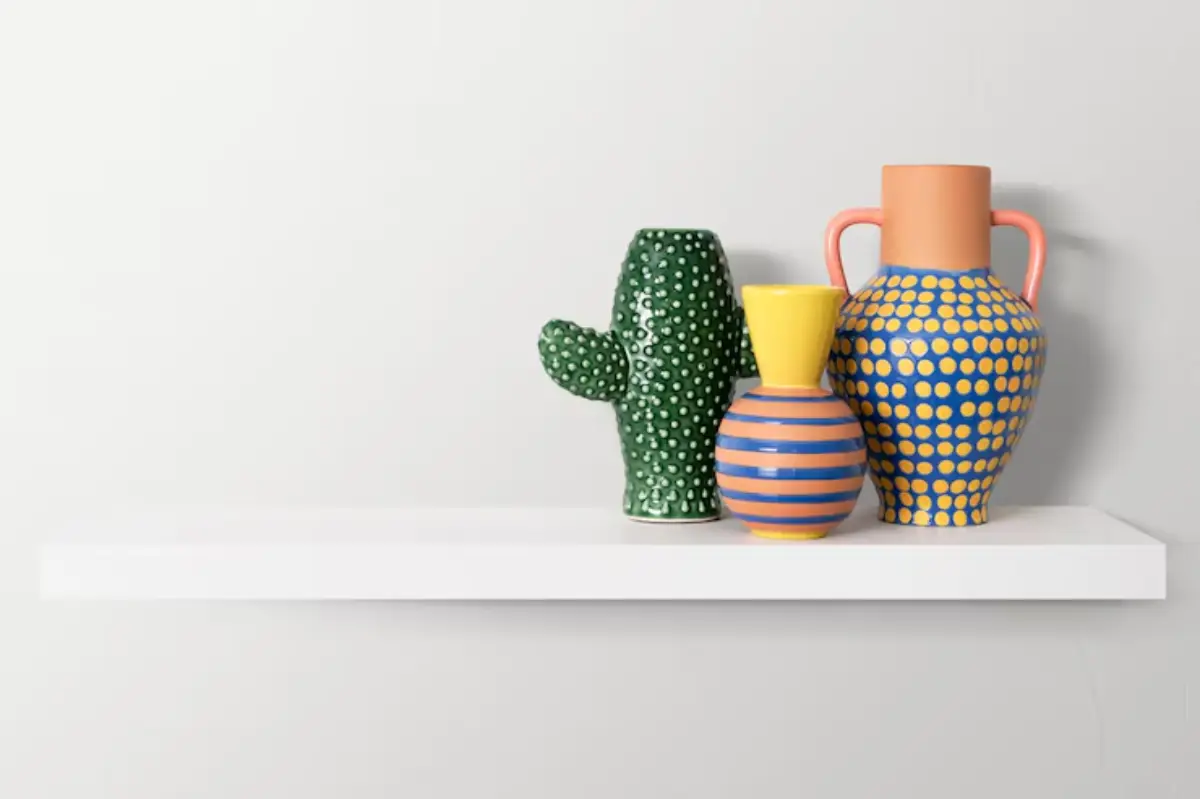
They’re best for lighter items. If you’re hoping to store bulky cookware, pantry goods, or cleaning supplies, open shelves might not cut it. There’s a weight limit, and what you store is always on display, which means dusting more often.
Visual Clutter
If you’re not a naturally tidy person, floating shelves might betray you. A haphazard row of items can make your space feel more chaotic than calm. You’ll need to curate your shelves consciously to maintain a clean look.
When Cabinets Win Out
Wall-mounted cabinets offer a completely different experience — one rooted in containment, structure, and function.
Hidden Storage With Maximum Efficiency
Need to hide everything from unsightly cables to stacks of dishes? Wall cabinets are your friends. With doors to conceal the contents, you don’t have to worry about visual clutter or hyper-organising every shelf.
They’re ideal in:
- Kitchens, where there’s a need to store food, pots, and dishes behind doors.
- Bathrooms, where privacy and protection from moisture are key.
- Home offices, to keep files and tools neatly tucked away.
Many tiny home storage designs incorporate wall cabinets precisely because they allow you to store more, show less.
Safety and Durability
Cabinets are often more structurally robust than shelves. When professionally installed, they can hold heavier items and endure more wear and tear. Soft-close mechanisms and built-in lighting add polish and functionality that open shelves lack.
Downsides to Consider With Cabinets
While practical, cabinets can sometimes be visually heavy, especially in smaller rooms. They may darken the space or create a “boxed-in” feeling when installed in excess.
Fixed Design, Less Flexibility
Unlike floating shelves, cabinets are a commitment. They’re harder to relocate and typically require professional installation. If you love rearranging your space often, you may find their permanence a bit restrictive.
Floating Shelves vs Cabinets: The Style Factor
Let’s talk aesthetics — because form matters just as much as function, especially in a space where every detail is on display.
Floating Shelves: Light, Airy, and Open
They feel modern and intentional, even when used sparingly. Pairing light-coloured shelves with neutral walls makes a space feel wider and more breathable.
Keep colour palettes consistent and avoid overstuffing the shelf. A few well-placed items make all the difference.
Cabinets: Structured and Seamless
Cabinets provide a sleek, streamlined appearance, particularly in modern or minimalist interiors. In the right finish (such as matte or integrated handleless fronts), they almost disappear into the wall, giving a polished look.
They’re also a great backdrop for feature walls or art, providing storage without distraction.
Which Is More Space-Efficient?
Now we get to the heart of the matter — space optimisation. This depends on your needs, habits, and the room’s function.
- Floating shelves are great for rooms where you want form and function to work together, such as bedrooms, living rooms, and transitional spaces.
- Cabinets excel in rooms that require more robust, hidden storage — kitchens, bathrooms, and utility rooms.
A clever mix of both often yields the best results. For example, using floating shelves above a workspace and a cabinet with doors below gives you accessibility and capacity in one solution.
This balanced approach aligns well with strategies from articles like storage ideas for the space under your stairs, where creative solutions combine style and practicality.
Maintenance and Cleaning
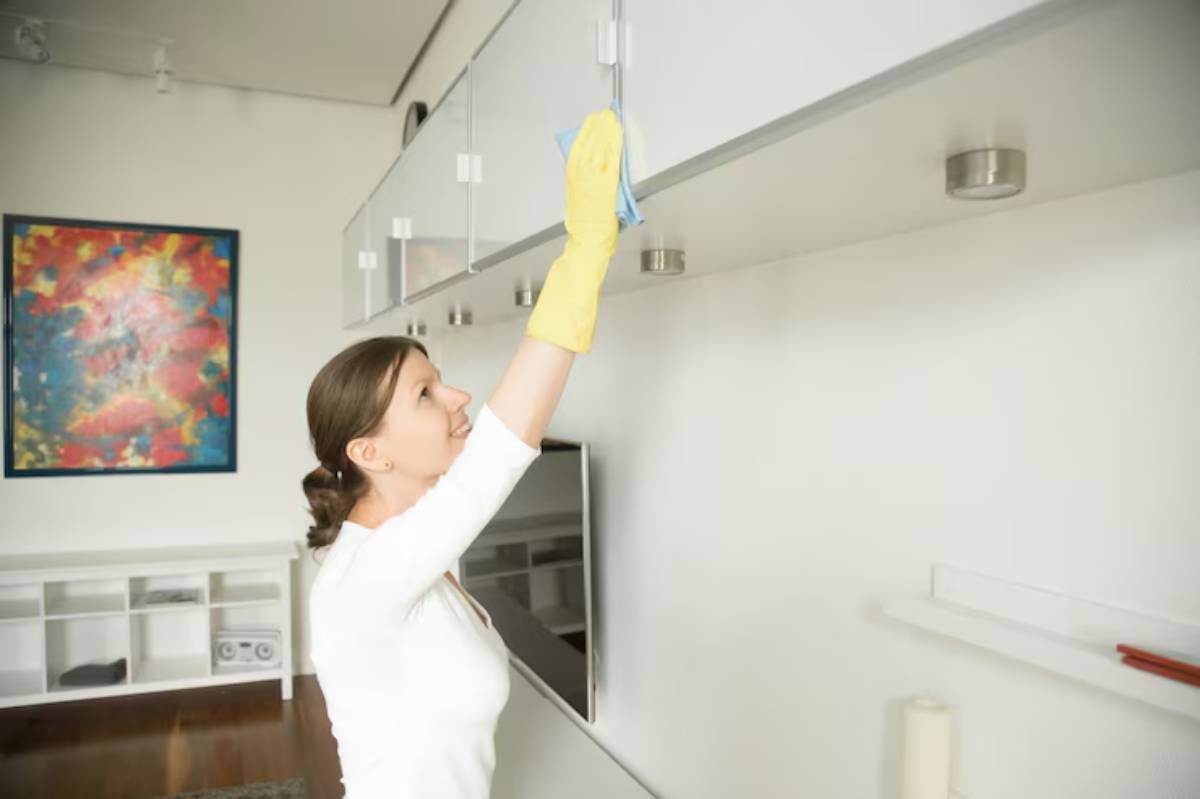
It’s easy to overlook maintenance when comparing storage styles, but it can be a deciding factor in daily life.
- Floating shelves need regular dusting, especially if you’re storing open items like dishes or linens.
- Wall cabinets, by contrast, contain the mess. Their smooth, often wipe-clean surfaces make them ideal for grease-prone areas like the kitchen.
If cleaning is something you struggle to keep up with, cabinets may be your best bet.
Cost and Installation
Cost varies significantly depending on materials and installation complexity.
Floating Shelves
- Generally more affordable and often DIY-friendly.
- Require careful wall anchoring, especially on plasterboard.
- Can be installed at varied heights and configurations.
Wall Cabinets
- Typically more expensive, especially with built-in lighting or high-end finishes.
- May require professional fitting.
- Heavier and harder to reposition.
If you’re on a tight budget or renting, floating shelves offer more flexibility and less risk. But for a long-term investment, cabinets might provide more utility per pound spent.
Conclusion: Which One’s Right for You?
So, floating shelves vs wall-mounted cabinets — who wins? The answer depends entirely on your space, lifestyle, and preferences.
- If you crave light, open spaces with adaptable styling options, floating shelves are a brilliant choice.
- If you need concealed, secure storage and want to reduce visual clutter, cabinets offer superior functionality.
- And if you’re looking to balance form with function, a combination of both is often the ideal route.
Ultimately, the best storage isn’t just about fitting more in. It’s about making your space feel calmer, clearer, and more enjoyable to live in.
Take a walk through your home and ask: where do I want openness, and where do I need structure? Your answer might just lead to the perfect wall solution.



